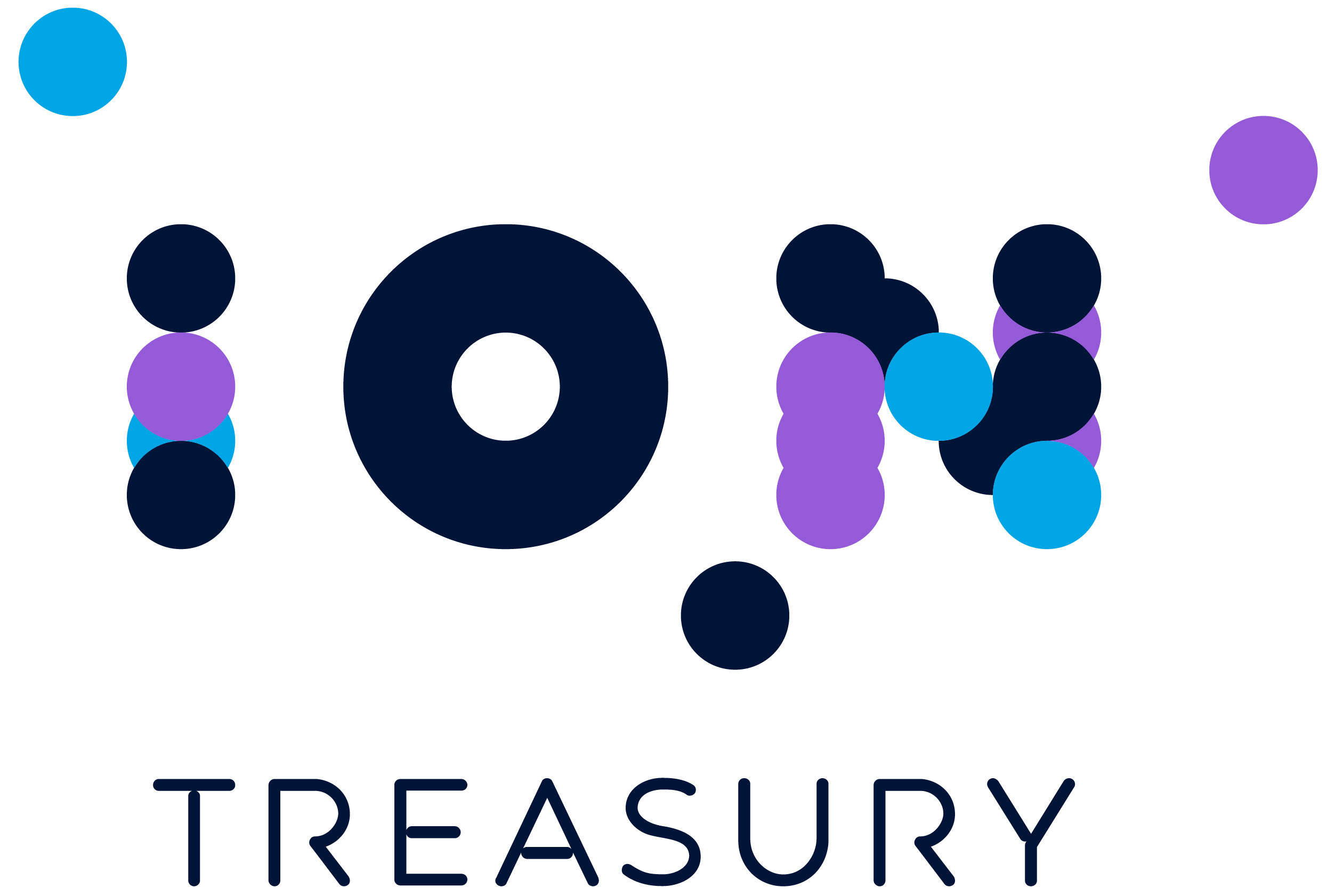How IFRS 9 can impact your financial reporting
The IFRS 9 standard adoption became effective on 01 January 2018 as a simpler replacement for the IAS 39, which launched in 2005. This new standard incorporates new guidelines intended to improve forward transparency by focusing more on legal over economic substance. It provides many “tests” to help companies navigate the enhanced reporting standards.
The basic components of IFRS 9 financial instruments
IFRS was completed in 2014 and fully implemented in 2018. It serves as the final standard for reporting the three phases of financial instruments projects: classification and measurement, impairment, and hedge accounting. Financial instruments are recognized when an entity “becomes a party to the contractual provisions of the instrument,” notes Deloitte. Financial instruments must eventually be recognized and derecognized according to the qualifications.
Financial assets recognition and derecognition
Financial assets fall under three categories: debt, equity, and derivatives. The initial recognition with regular way transactions is straightforward, with the trade date accounting indicating when the trade is initiated, or when the asset is purchased or acquired. Settlement date accounting indicates when the asset is delivered.
Derecognition of a financial asset gets tricky, as IFRS 9 seeks to prevent entities from trying to hide assets (that is, bad loans or toxic assets) in their financial statements. According to Deloitte, companies can only derecognize a financial asset when:
- The contractual rights to the cash flows expire.
- The entity transfers the financial asset to another party.
- The entity transfers the risks and rewards of ownership of that asset to another party and meets the qualification parameters of derecognition.
Financial liabilities
Derecognition of financial liabilities is when the liability is extinguished through discharge, cancellation, or expiration. Discharge pertains to meeting the obligation through the delivery of cash or goods. Cancellation applies when legally released from the obligation. Expiration applies when the liability is terminated because of the passage of time.
Classification and measurement changes
IFRS 9 classification for financial assets depends on a contractual cash flow test and a business model assessment. The three classifications are amortized cost (AC), fair value through P&L (FVTPL), and fair value through other comprehensive income (FVOCI).
AC is applied to instruments held by entities with a business model that holds the financial asset to collected contractual cash flows, or solely payments of principal and interest (a repayable three-year bond paying a scheduled fixed interest rate).
FVTPL is applied to instruments held by entities with a business model that manages the financial asset on a fair value basis, collecting payments other than principal and interest. These assets may be held for trading purposes or sold (that is, equities and derivatives).
FVOCI is applied to instruments held by entities with a dual business model objective of holding the financial asset to collect contracted cash flows and sell the financial asset (that is, trade receivables, nonrecourse loans, and investment in debt securities with prepayable attributes).
Impairment changes
IFRS 9 implements an “expected loss” model for loans and receivables. Impairment applies to debt instruments measured at FVOCI, including financial guarantees and loans that aren’t measured at FVTPL, lease receivables, and contract assets under IFRS 15 revenue standards.
The previous IAS 39 required impairment to be reported after the loss is incurred, but now, financial asset impairment must be reported on the expected credit loss (ECL). This improves forward transparency, but can also cause volatility in reporting profit and losses.
The three stages of impairment
Debt instruments are initially recognized with a loss under IFRS 9 implementation of ECL. Stage one ECL is reported on a 12-month loss allowance with an effective interest rate on the gross carrying amount. Stage two requires a full lifetime loss allowance with a significant increase in credit risk forms. Stage three occurs when the instrument becomes credit impaired, and the effective interest rate is reported on AC.
Hedge accounting changes
The main hedge accounting changes pertain to the qualifying criteria. IAS 39 required hedge relationships to meet the 80–125 percent effectiveness bright line on both prospective and retrospective bases. Under IFRS 9, the effectiveness bright line is replaced with the hedge ratio being consistent with the risk management strategy, thereby expanding valid hedge items that qualify and enabling broader participation for organizations that implement hedge accounting. Companies reporting in the United States need to be aware of differing GAAP/FASB and IFRS 9 interpretations, especially if they have foreign operations or subsidiaries, according to KPMG US.
IFRS 9 further introduces the concept of cost of hedging. Companies can post the excluded component of fair value to OCI, and thus defer the recognition in P&L of the part aligned with the hedged item. The typical cost of hedging includes cross-currency basis spreads on CC IR Swaps, time value of options, or forward points on FX contracts.
Levering internal data
It’s highly encouraged to invest in automated data flow optimization. Applying this information with big data analytics and cognitive learning technologies can provide additional intelligence into operations and ways to improve risk and investment strategies.

Never miss a post
Subscribe to the ION Treasury blog to stay up to date on all things treasury!

